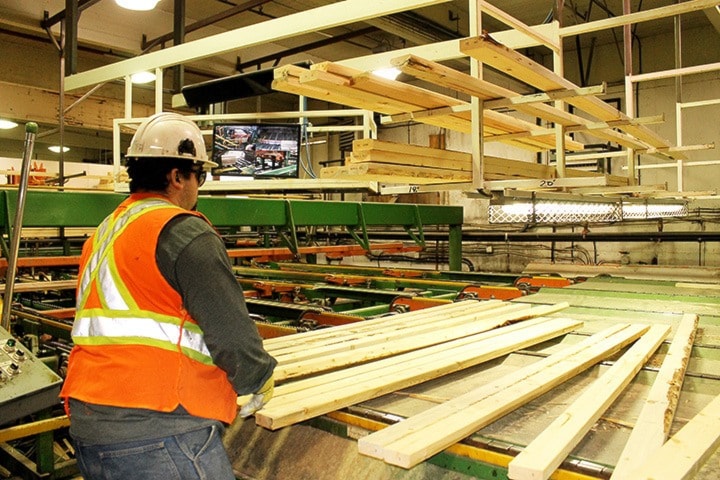According to the Omineca Beetle Action Coalition (OBAC), an organization created in 2005 to deal with the impacts of the mountain pine beetle outbreak, the B.C. Interior has some tough times ahead.
According to OBAC, over 20,000 jobs in the B.C. Interior are at risk.
That’s because over the next decade, the provincial annual allowable cut will decline by more than 13 million cubic metres per year - about equal to the demand of a dozen sawmills.
“Now and for the next five to 10 years, mills will close and forest sector jobs will be lost,” said Sharon Tower, OBAC’s executive director.
The annual allowable cut decline is almost all due to the mountain pine beetle outbreak, which has killed about 50 per cent of the total volume of commercial lodge-pole pine in the province.
Quoting a Central 1 analysis of the B.C. economy from 2010, OBAC says the mountain pine beetle epidemic is projected to lead to a net loss of 11,250 direct forestry jobs and up to 9500 indirect/induced jobs in the B.C. Interior through to 2028.
“This is already proving to be true, with major mill closures in Houston and Quesnel due entirely to the [mountain pine beetle] epidemic,” said Tower, referring to the closure of Houston’s West Fraser Timber Company and Canfor’s Quesnel sawmill in 2014.
“Although we don’t always know who will be next, we know it is coming,” she said.
The areas hardest hit by the beetle epidemic are the most dependent on forestry and wood processing, adds Tower.
“Local governments and the province have recognized for some time that the loss of timber has far-reaching and lasting consequences, both local and provincially,” she said. “This leads to less income for local governments and the province, impacting community services, infrastructure and over well-being.”
“Our challenge is to maintain viable, healthy and resilient communities in the face of a major shock to the economy,” she added.
According to OBAC, a regional effort is needed to continue to diversify the economy, hold communities and workers transition, and bridge any gaps that occur.
The Village of Burns Lake has recently applied for funding that would allow a facilitator to come to Burns Lake and work with community leaders to try to find ways to address the impeding timber supply shortfall. The village’s plan is to create a task force - involving community leaders and industry - to find ways to diversify the local economy.
